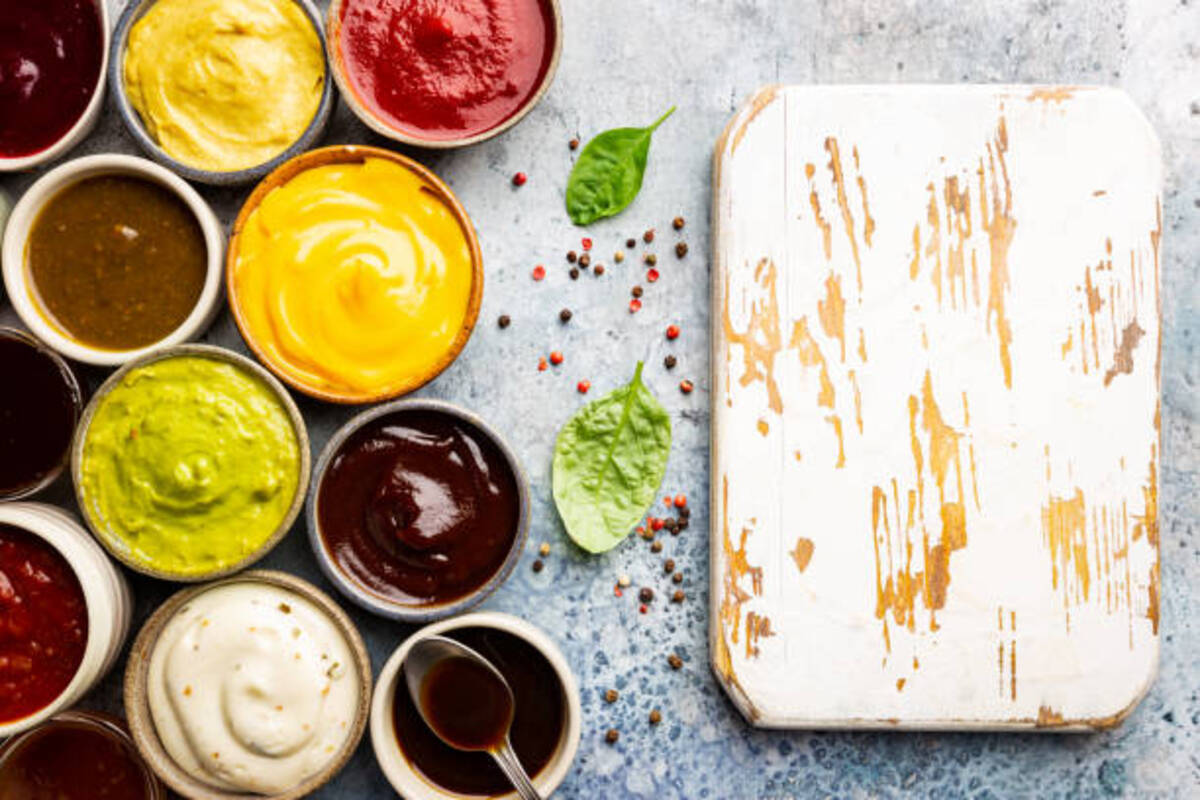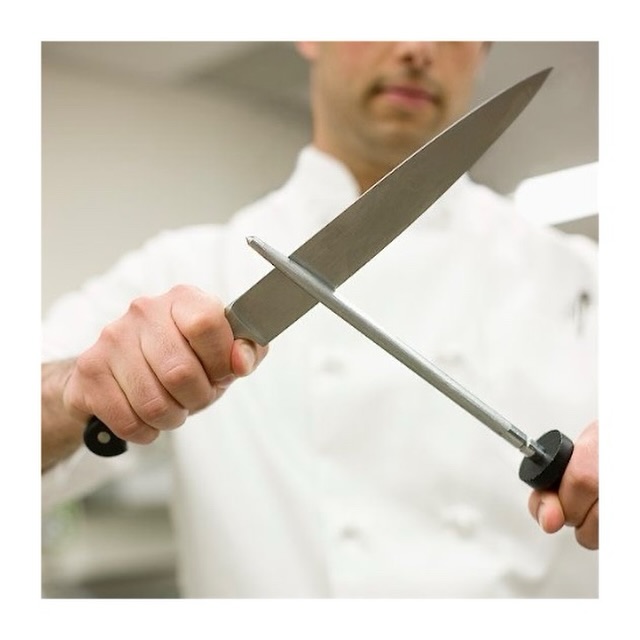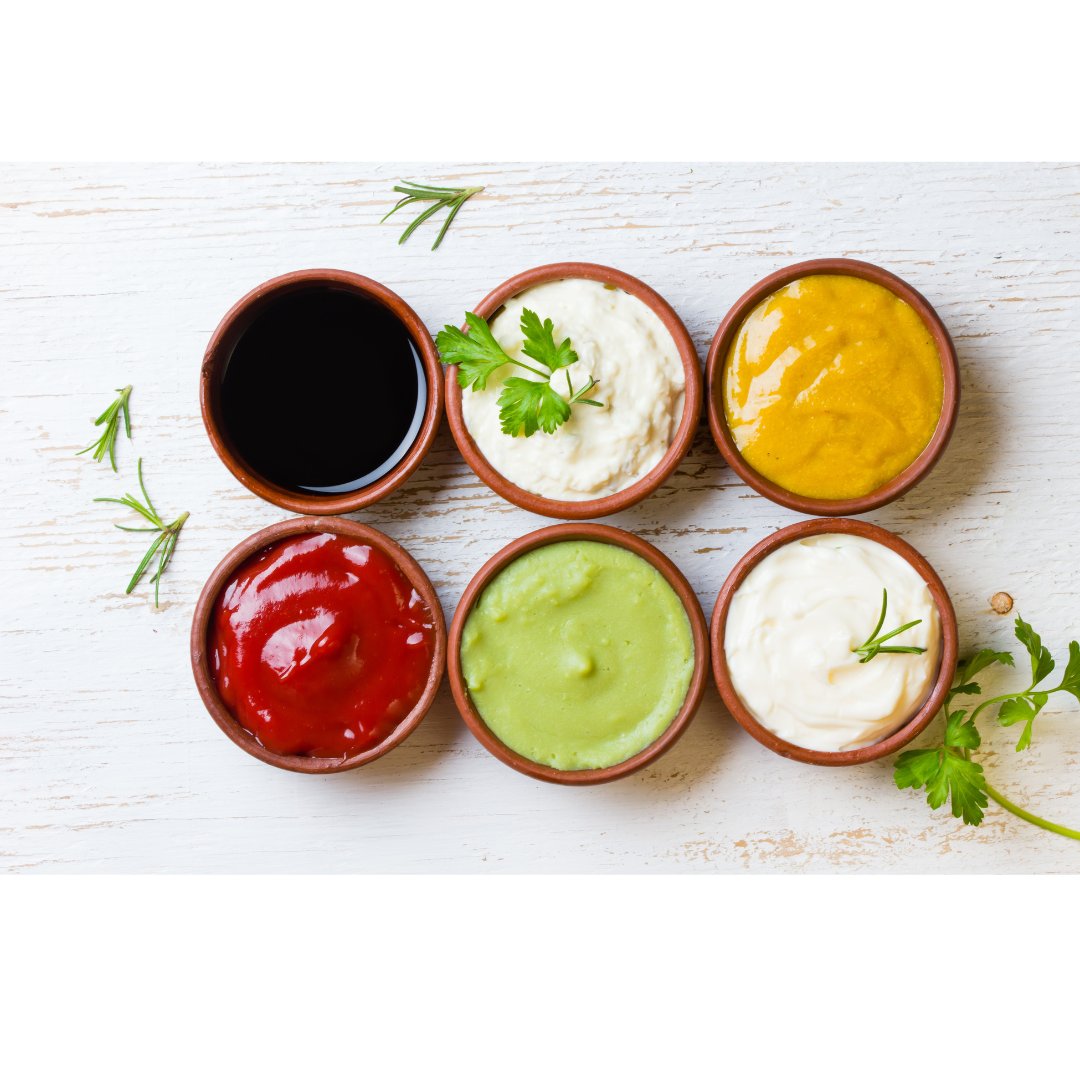The five mother sauces of classical cuisine are béchamel, velouté, espagnole, tomato, and hollandaise. Since Marie Antoine-Carême codified them in 1833, numerous sauces have been based on them. Another codification was done by renowned French chef and pâtissier Jules Gouffé who published a cookbook called “The Cookbook Including Grand and Domestic Cooking”(1867).
Both chefs Auguste Escoffier and Antoine Carême both had massive influences on French cuisine, they did not however invent the terms “Sauces mères” (french for “Mother Sauces”), nor did they come up with the first French sauce classification. In a French magazine called “Revue de Paris”, the term “Mother Sauce” was first used in May 1844 (50 years before Escoffier Culinary Guide).
Each mother sauce is made with a different liquid, a different thickening agent, and different seasonings. Here is a brief overview of each sauce and some of its variations:
– Béchamel: A white sauce made by thickening hot milk with a white roux (flour and butter cooked together) and flavored with onion, cloves, and nutmeg. It can be used in dishes like lasagna, casseroles, and gratins. Some of the sauces derived from béchamel are cream sauce, Mornay sauce (with cheese), soubise sauce (with onion purée), and Nantua sauce (with crayfish butter and cream).
– Velouté: A light sauce made by thickening white stock (chicken, veal, or fish) with a blond roux (flour and butter cooked to a pale golden color) and simmering until smooth. It can be used to make sauces for poultry, fish, and eggs. Some of the sauces derived from velouté are supreme sauce (with cream), allemande sauce (with egg yolks and lemon juice), white wine sauce (with white wine and cream), and mushroom sauce (with mushrooms and parsley).
– Espagnole: A brown sauce made by thickening brown stock (made from roasted bones) with a brown roux (flour and butter cooked to a dark brown color) and adding tomato purée and mirepoix (a mixture of diced carrots, celery, and onion). It can be used to make sauces for roasted meats and game. Some of the sauces derived from espagnole are demi-glace (reduced with more stock and wine), Bordelaise sauce (with red wine and shallots), Robert sauce (with mustard and vinegar), and Lyonnaise sauce (with onions and vinegar).
– Tomato: A red sauce made by cooking tomatoes with salt pork, onion, garlic, bay leaf, thyme, parsley, flour, and stock. It can be used to make sauces for pasta, pizza, meatballs, and stews. Some of the sauces derived from tomato are marinara sauce (with olive oil, garlic, and basil), Bolognese sauce (with ground meat and milk), puttanesca sauce (with anchovies, olives, capers, and chili peppers), and Creole sauce (with celery, green pepper, onion, and cayenne pepper).
– Hollandaise: An emulsified sauce made by whisking egg yolks with melted butter and lemon juice over a gentle heat until thick and smooth. It can be used to make sauces for eggs Benedict, asparagus, artichokes, and seafood. Several sauces are derived from hollandaise, such as béarnaise (with tarragon and vinegar), mousseline (with whipped cream), and maltaise (with orange zest and juice).
You might be thinking that mayonnaise has not been mentioned above; and the below text explains the controversy between whether which sauce is a true mother sauce: hollondaise or mayonnaise. That heated conversation happened between Careme and Escoffier. What do you think, which one should be considered a Mother sauce?
Daughter Sauce List
Mother sauces can be derived into many different smaller sauces, often referred to as Daughter sauces. Different classifications of French sauces into Mother and/or Daughter sauces have been established over the years by different chefs. They all aim at bringing clarity and sense to how sauces should be made, and how they should be used. Here are a few examples of daughter sauces and their respective mother sauces.
From Espagnole sauce:
- Demi-Glace
- Poivrade
- Grande veneur
- Bigarrade
- Chasseur
- Chateaubriand
- Bordelaise
- Robert
- Duxelles
- Madère
From Velouté sauce:
- Allemande
- Poulette
- Suprême
- Cardinal
- Poultry velouté
- Fish velouté
- Nantua sauce
From Béchamel sauce:
- Crème
- Mornay
- Soubise
- Ecossaise
From Tomate Sauce:
- Bolognaise
- Portugaise
- Milanaise
From Mayonnaise sauce:
- Rémoulade
- Gribiche
- Hollandaise
- Béarnaise
- Foyot
- Paloise



